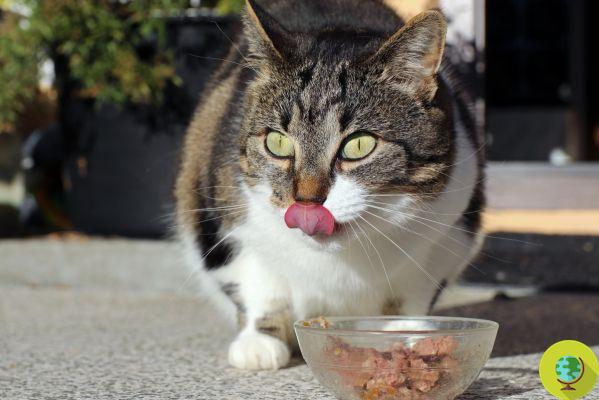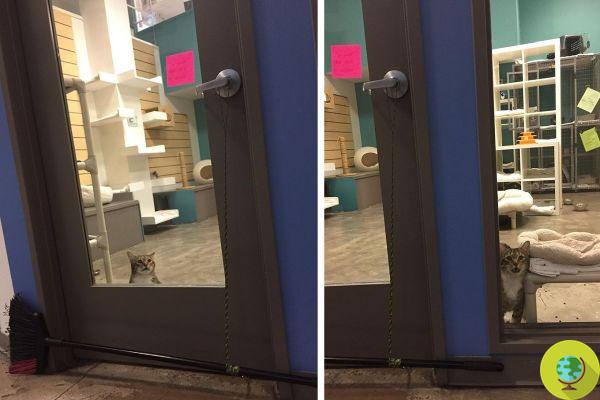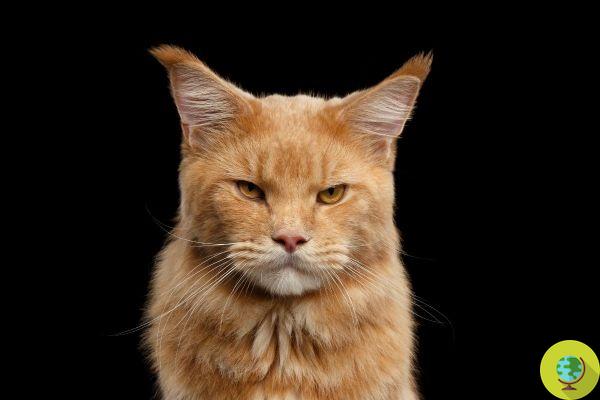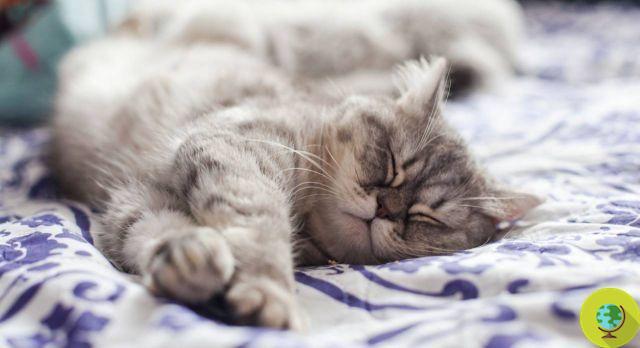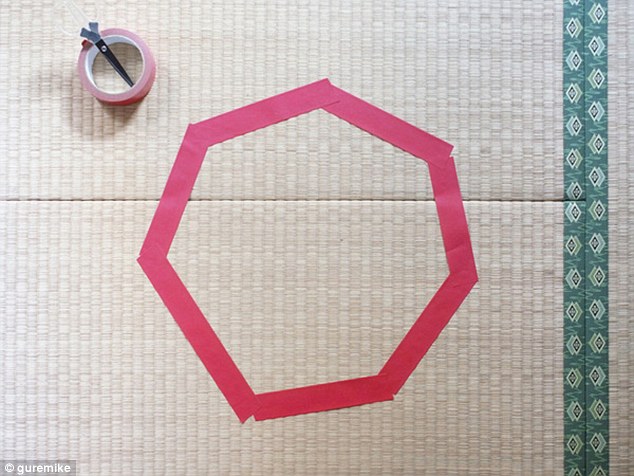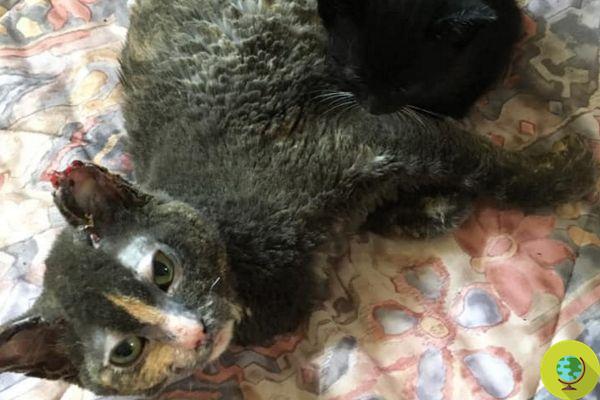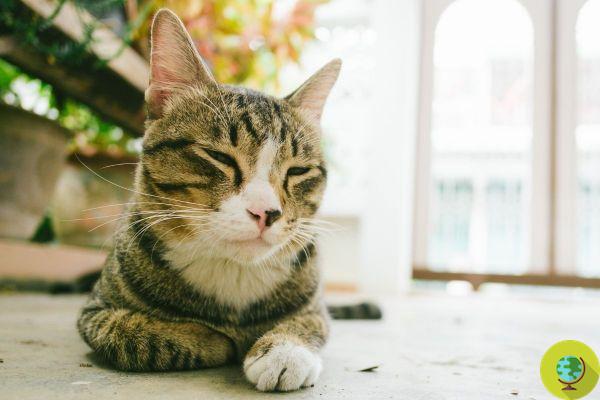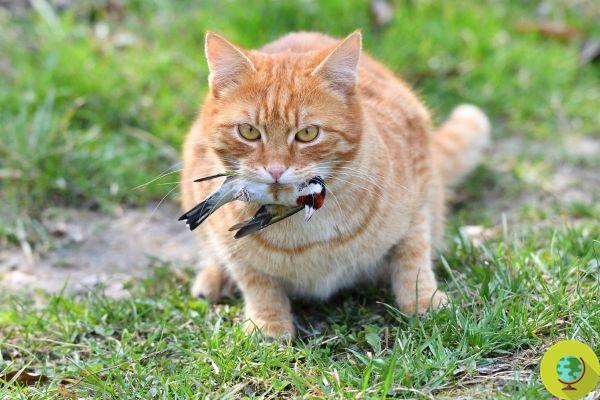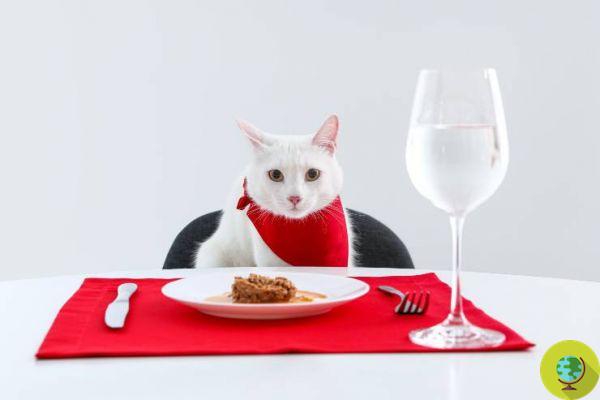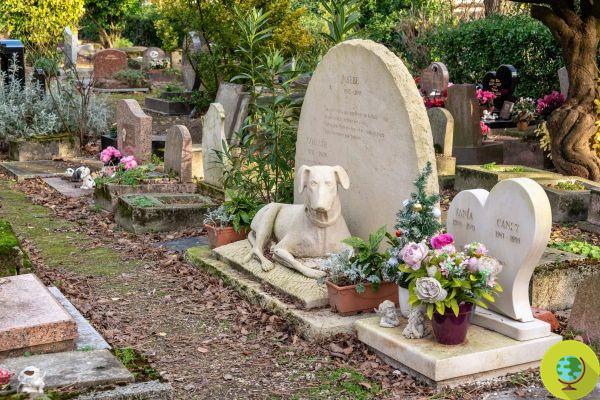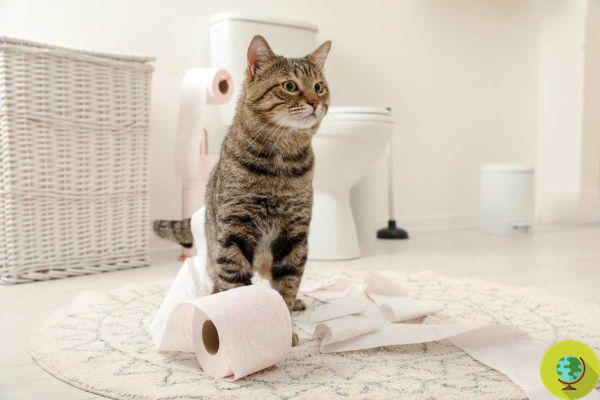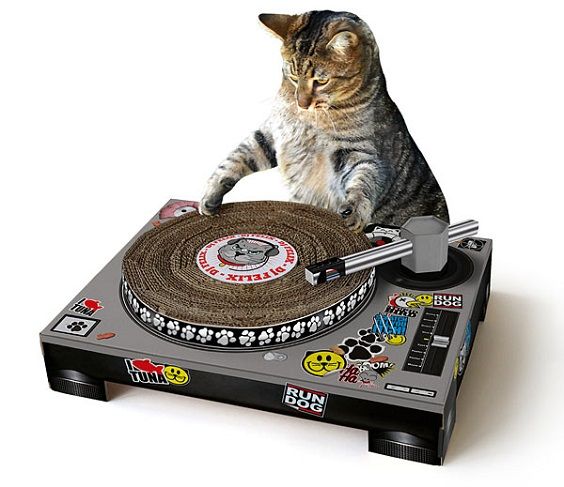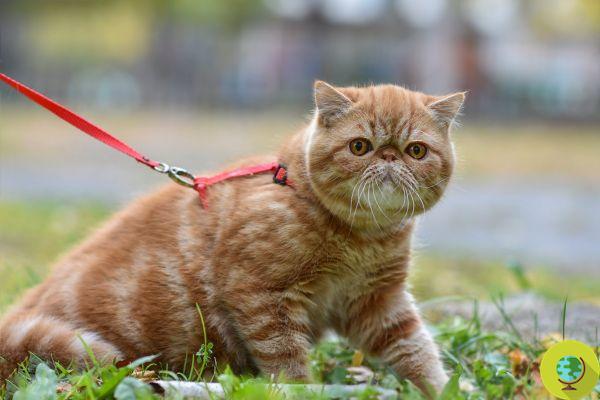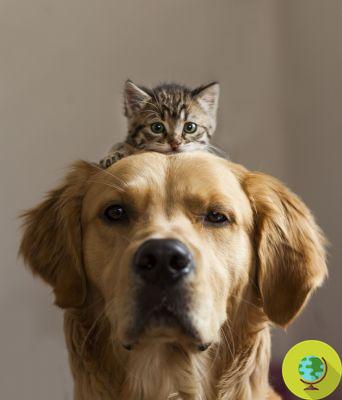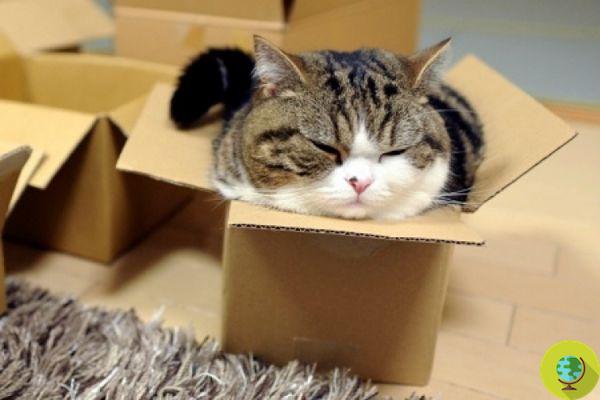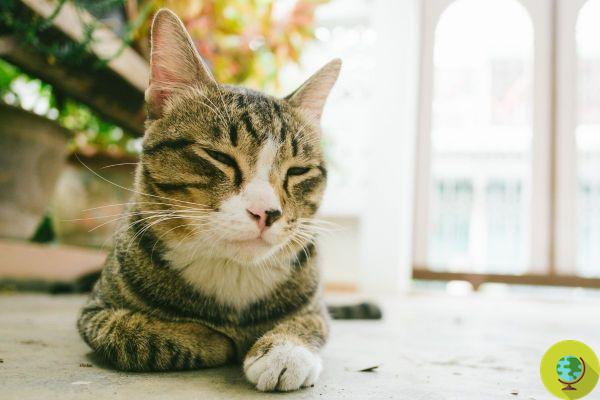Poisonous plants for cats. Cats, pets that have kept their nature of explorers, can come into contact in their wanderings with plants and flowers that are potentially dangerous for their health. The ingestion of the stems, leaves or petals of some types of plants can in fact be the cause of symptoms such as vomiting, but also of more serious diseases, at the gastrointestinal, nervous or cardiovascular level. Some of the following plants and flowers may be found in a cat owner's gardens or homes. If suspicious symptoms appear, do not rule out their ingestion and notify an expert as soon as possible.
He is about to end up run over, his mother saves him
I cats, pets that have retained their nature of explorers, can come into contact in their wanderings with plants and flowers virtually pericolosi for their health. L'ingestion of the stems, leaves or petals of some types of plants can in fact represent the cause of symptoms such as vomiting, but also of diseases more serious, at the gastrointestinal, nervous or cardiovascular level.
Some of the following plants and flowers may be present in the gardens or in the homes of cat owners. If suspicious symptoms appear, do not rule out their ingestion and notify an expert as soon as possible.
Index
Azalea
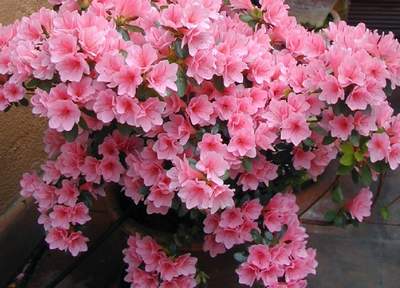
Le leaves and nectar azalea, a plant belonging to the Ericaceae genus, are considered highly irritating to cats. If ingested, they can cause gastrointestinal, neurological and cardiological problems.
Christmas Star
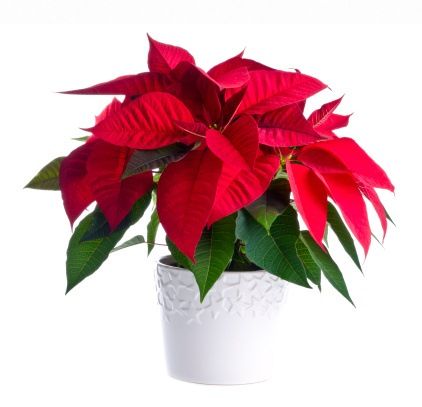
La Christmas Star (Euphorbia pulcherrima) if ingested by pets, including cats and dogs, can cause them to come into contact with a very irritating sap for their digestive system, which can cause painful blisters in the mouth, accompanied by stomach spasms. Symptoms include diarrhea, vomiting and inflammation of the mouth, which must be treated promptly.
READ also: Poinsettia, how to prolong its life
Ivy
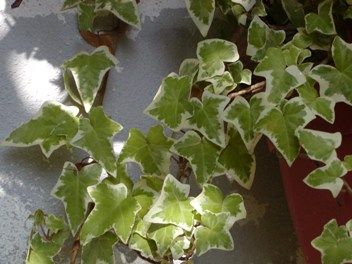
Pay attention to the leaves and flowers of theivy, if this plant is present in your garden in an area that your cat can have access to. Their ingestion can indeed cause gastrointestinal problems. In high doses it can cause nervous and heart depression. Symptoms of ingesting ivy flowers or leaves consist of vomiting, tremors, and breathing problems.
Jasmine
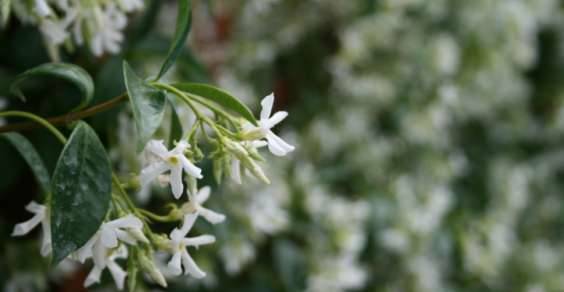
Here is another plant typically present in many gardens, as it is grown in pots, or as it is used for the formation of hedges. The ingestion of any part of the plant of the jasmine can be dangerous for cats and can cause lack of coordination, visual disturbances, dry mouth, dysphagia, muscle weakness, seizures, respiratory failure.
READ also: Do-it-yourself perfumed body oils: the jasmine oil recipe
Buttercup
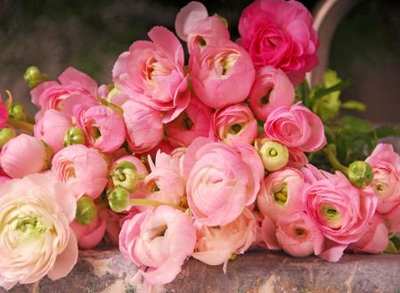
Buttercup (Ranunculus spp.) Can be dangerous for cats due to sap contained in that flower. Ingestion of the lymph-bearing parts of buttercup can cause stomatitis, dermatitis, gastrointestinal tract, kidney failure, inability to coordinate and convulsions.
Primula
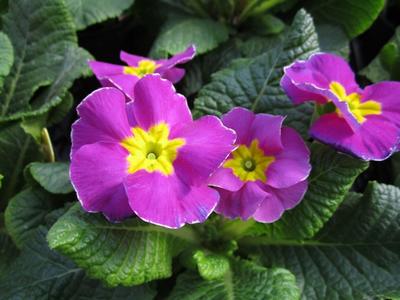
Even simple primroses, among the flowers considered to be symbols of the arrival of spring, can reveal themselves dangerous for cats, if ingested. The ingestion of the leaves of primrose or the stems of this flower can in fact be the cause of contact dermatitis or gastrointestinal problems.
Thrush
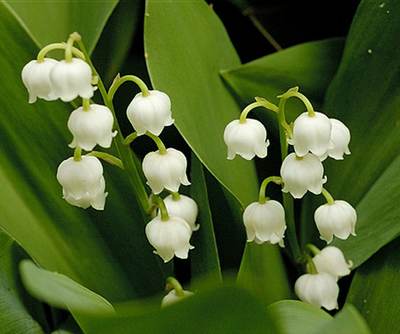
Lily of the valley must also be included among the flowers considered potentially harmful to the health of cats. All parts of this flower, if ingested, can in fact cause problems that absolutely must not be neglected, such as gastrointestinal disorders ed cardiac arrhythmias.
ORTENSIA
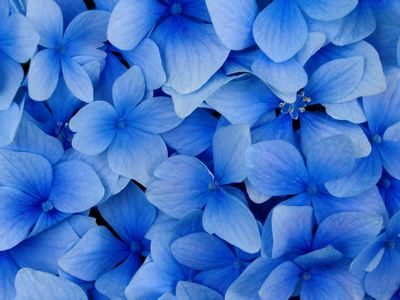
Hydrangea is a flowering shrub often found in our gardens. The parts of the plant considered dangerous for cats occur in spring and summer, during the entire flowering of the plant. Both flowers and hydrangea leaves can in fact be cause of vomiting and diarrhea if ingested by a cat.
Oleander
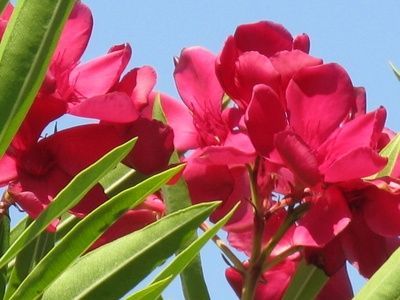
The oleander is classified among the plants to be considered dangerous for cats, if ingested. Ingesting oleander flowers and leaves may be capable of causing gastrointestinal problems as well nervous and heart depression. The danger of oleander for cats must be extended to all parts of the plant.
Nettle
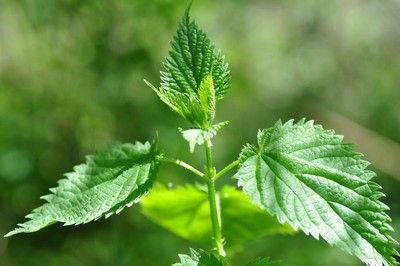
We do not underestimate the presence of plants of nettle near our homes, especially if you are lucky enough to live in the countryside. The nettle does not reveal itself in fact irritating only for us, but also for cats and can result in the formation of mouth blisters and the appearance of vomiting, tremors, dyspnoea and bradycardia.
READ also: Nettle: the thousand benefits and how to best use it
Other plants that are poisonous to cats
The plants and flowers that can cause problems for cats if ingested, with particular reference to gastrointestinal, nervous and cardiac disorders are not limited to ten. In fact, the following must be added to this list: poppy, elderberry, tulip, mistletoe, vine, iris, horse chestnut, colchicum, narcissus, chrysanthemum and lily.
Marta Albè
READ also: 10 herbs to improve your cat's health




